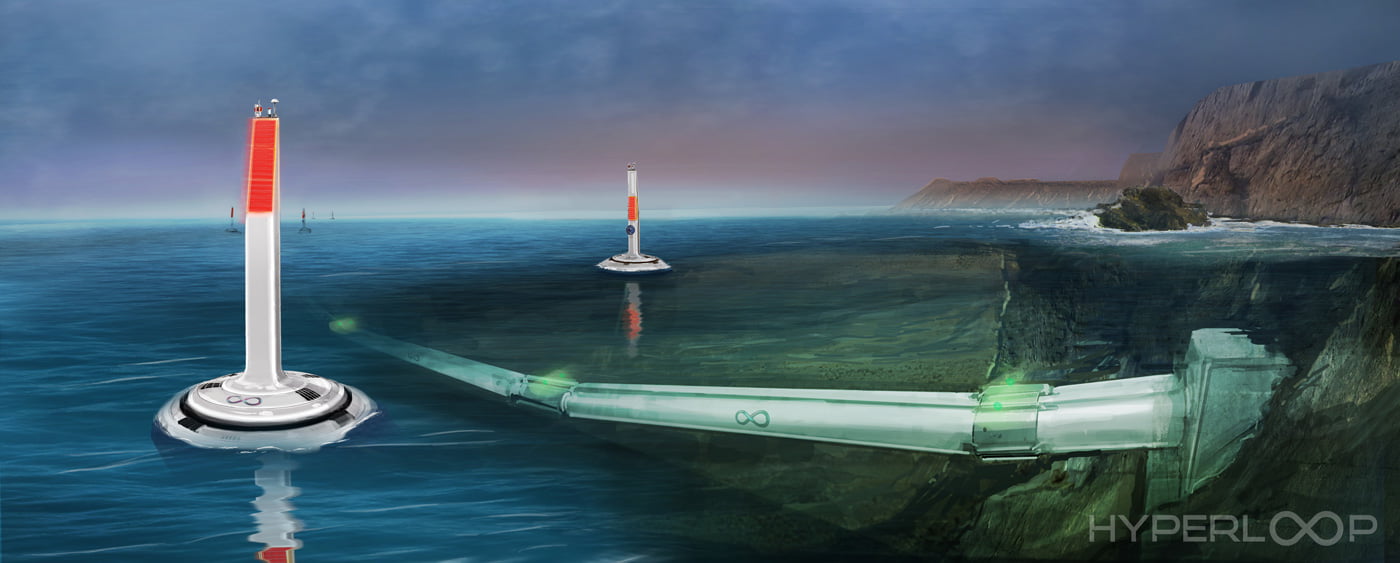
The business enterprise previously called Hyperloop technology has had a busy couple of days. It has renamed itself Hyperloop One, introduced partnerships with governments and buyers, released aopposition and carried out a public take a look at of its propulsion machine.
on the helm of the organisation‘s evolution from being a quite cool idea to trying out a functional sledinside the desert is CEO Rob Lloyd. the previous Cisco president manifestly knows a piece aboutnetworks and scale. both competencies are needed if Hyperloop One desires to bring an actualtransportation machine to the arena.
We sat down with Lloyd to talk about government partnerships (a person desires to construct all of thosetube networks), when human beings can be allowed within the pods and if we’ll ever travel beneath the sea.
This interview has been edited and condensed.
As a non-public company, how do you notice governments partnering with Hyperloop One?
I think first and foremost it’s going to take government assist to create a regulatory framework to make Hyperloop a possibility. we are seeing a few superb aid from federal transportation authorities andkingdom and local transportation corporations round the sector. we’ll need a supportive surroundingsfor guidelines. We need humans that need to transport quicker than the popularity quo.
additionally, we think we help among the priorities that governments have, which includes much lessdestruction of the surroundings and a more sustainable all-electric transportation. It makes no noise. whilstthe gadget nowadays become on rails, Hyperloop inside the future would not have something touching a rail while it’s being levitated. So there’s no friction. You might not listen a Hyperloop pass beyond your home. We assume we are generally a lot aligned with authorities coverage, we simply want to traingovernments and get them on our side.
so that includes governments constructing the tracks and tubes like the creation of the interstate device?
precisely. The interstate system gets built from excessive-density factor-to-point places. You clear up aactual trouble, and also you build the community. Hyperloop is a network. You start with a few nodeswithin the network, where you truly resolve a hassle. then you definately build extensions to the onesnodes. I suppose governments are instrumental. they may be a larger mission than constructing the Hyperloop technology itself.
If everything is going according to plan, how some distance is Hyperloop from becoming a fact?
i am satisfied that we can be building freight transportation structures in 2017 and 2018. i’m very satisfiedwe will be operating collaboratively with a government and regulatory environment to begin creation of passenger structures in 2018. i am entirely convinced we will be seeing freight moved in a Hyperloop with the aid of 2020, maybe 2019, and our first passengers by 2021.
So freight is the primary utility?
it is an easier step. There are much less structures that want to be designed and authorized. And for passengers, they ought to be licensed. we all need to have a trusted dating when we do something.when we pressure our vehicle, whilst we fly in a aircraft or whilst we journey in a Hyperloop. that is vitalto apply. we’ve got absolutely brought people on which are starting to assist us with the protection-certification system. when people trip Hyperloop we need them to sense at ease and confident.
You pointed out underwater routes. Is that a pie-in-the-sky idea or some thing we will see within the2020s?
let‘s pass in this order: Aboveground first. Belowground in a tunnel through very rapid boring technologythat allows us to do very directly and direct tunnels subsequent, after which underwater. likely in thatseries.





